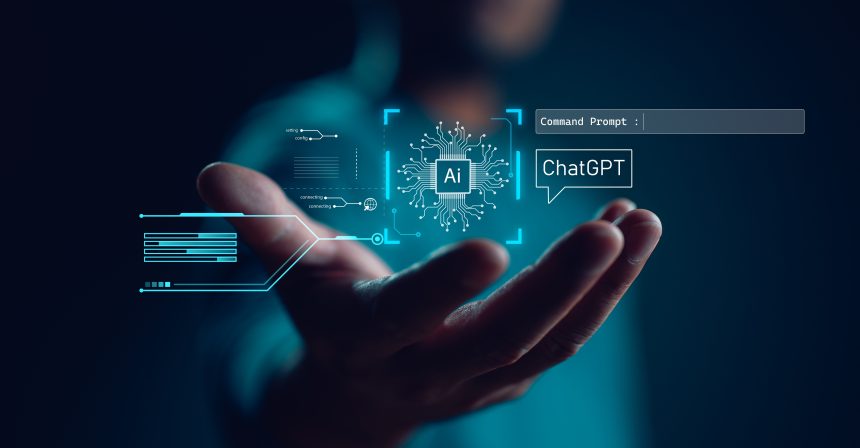ChatGPT, OpenAI’s conversational AI, has recently been updated with a groundbreaking feature that significantly enhances its accessibility: it can now articulate its responses audibly. This enhancement is poised to democratize access to AI, particularly benefiting individuals with visual impairments or those who prefer auditory over visual information consumption.
Auditory Responses: A Leap Towards Inclusive AI
This newly introduced voice output functionality is a monumental stride towards inclusivity in AI technologies. By incorporating text-to-speech (TTS) technology, ChatGPT can vocalize its text responses, offering users an audible interaction experience. This feature is particularly advantageous for users requiring visual assistance and those who prefer engaging with AI hands-free, such as during multitasking or commuting.
Behind the Scenes: Integration and Interface
The seamless incorporation of the voice output feature is powered by advanced TTS technology, which meticulously converts digital text into lifelike speech. Users can easily activate this feature via a straightforward toggle within the ChatGPT interface, enabling them to hear responses without needing to read text on a screen. This capability, coupled with ChatGPT’s ability to process voice commands, significantly boosts the platform’s interactivity and reach.
Broadening Horizons: Accessibility and Universal Design
This update serves as a commendable nod towards fostering inclusivity, ensuring that AI technologies are accessible to a wider demographic, including individuals with disabilities. It adheres to the principles of universal design, which advocates for the creation of products and services that are accessible to all individuals, negating the need for specialized adaptations.
Diverse Applications: From Education to Daily Life
The voice output capability of ChatGPT spans a broad spectrum of applications:
- Educational Advantage: It emerges as a potent educational instrument, facilitating auditory learning and providing support to visually impaired students.
- Workplace Efficiency: In professional environments, this feature allows for multitasking and offers an alternate means of information consumption during meetings or other visually demanding tasks.
- Everyday Convenience: For everyday users, this functionality expands ChatGPT’s utility, enabling interaction with the AI during activities that limit screen usage.
Looking Ahead: Expanding Accessibility
The introduction of voice output paves the way for future enhancements in AI accessibility. Potential developments could include a wider array of voice customization options, such as varied languages, accents, and tones, appealing to a global audience and individual user preferences. The prospect of integrating voice recognition technology could further streamline user interactions, allowing for a fully voice-driven experience.
In Summary
The integration of the voice output feature into ChatGPT marks a significant advancement in making AI technologies more user-friendly and universally accessible. This initiative by OpenAI breaks down existing barriers and caters to a diverse array of user needs, setting a new standard for the development of inclusive AI tools. As ChatGPT evolves, it is poised to introduce additional features that will further enhance its accessibility, usability, and global appeal, reinforcing its position as a pivotal tool in the ever-expanding world of AI.








